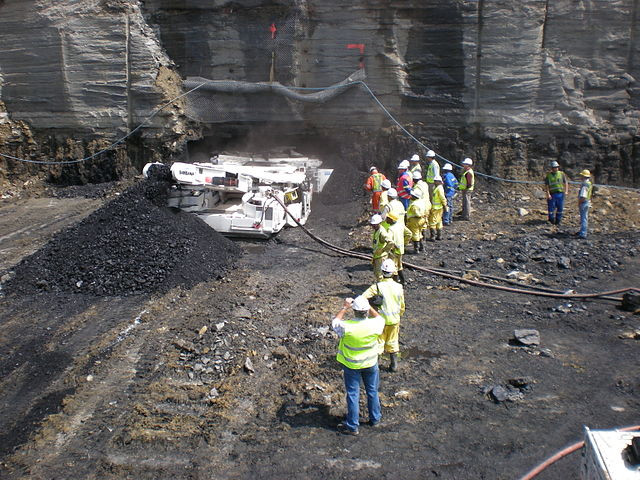At least 100 illegal miners have reportedly died in a South African gold mine after being trapped underground for months, with hundreds more believed to remain in precarious conditions. The tragedy has unfolded at the Buffelsfontein mine near Stilfontein, roughly 100 miles southwest of Johannesburg, where police efforts to shut down illegal mining have collided with a humanitarian crisis.
According to reports, police initially blocked food, water, and medicine supplies to the miners in an effort to force them to surface. This action, part of a broader crackdown on illegal mining known as "Operation Vala Umgodi," drew sharp criticism from rights groups and organizations advocating for miners. The Mining Affected Communities United in Action Group (MACUA) previously secured a court order in December requiring authorities to permit the delivery of essential supplies to those trapped underground.
On Monday, the South African government launched a renewed effort to rescue those still in the mine. Police spokesperson Brig. Sebata Mokgwabone stated that authorities are verifying the number of survivors and deceased brought to the surface. Mines Rescue Services, a private company leading the operation, has deployed equipment capable of hoisting six people per hour, and the effort is expected to take up to 16 days.
The Buffelsfontein mine, one of the deepest in South Africa at approximately 2.5 kilometers (1.5 miles), has long been abandoned but is frequently used by informal miners, locally known as "zama zamas." These miners often work in hazardous conditions, hoping to find leftover deposits in exhausted shafts. Experts estimate there are around 30,000 such miners in South Africa, producing about 10% of the country's gold output.
Jessica Lawrence of Lawyers for Human Rights, representing MACUA, highlighted the dire circumstances faced by those underground. Video footage reportedly retrieved from the mine showed scenes of desperation, with emaciated men pleading for assistance. While officials suggest the miners could exit through other shafts, MACUA has disputed this claim, citing the challenges posed by blocked or inaccessible routes.
Reports suggest that miners resorted to extreme measures for survival, including consuming limited supplies of food and water brought sporadically into the mine. Some survivors described harrowing conditions, crawling through narrow tunnels over several days to reach escape points.
Authorities have faced criticism for their handling of the crisis. The blockade of essential supplies, implemented to coerce miners out of the shafts, has been labeled inhumane by advocacy groups. The Buffelsfontein disaster has also reignited debates over the socioeconomic factors driving illegal mining. Many of the miners are believed to be former employees of now-closed mines, driven to illegal activity by poverty and lack of alternatives.
The South African government has indicated that delegations from the ministries of police and mineral resources will visit the site this week to assess the situation further. While the exact number of individuals still underground remains uncertain, efforts continue to rescue as many as possible.






